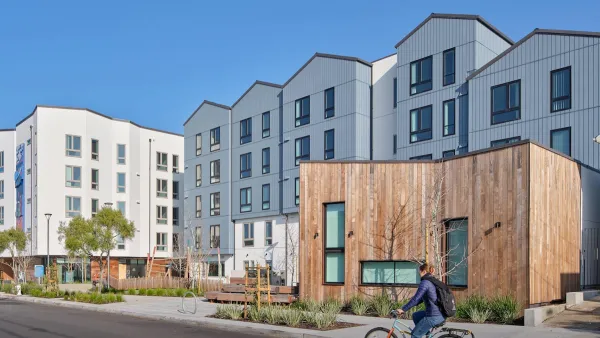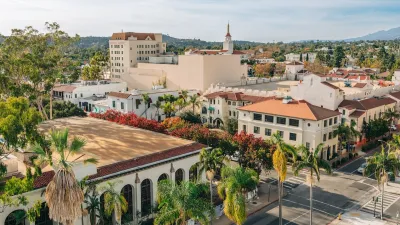In the next 20 years, the D.C. area is expected to have nearly 3 million job openings. With the resulting demand for new, diverse and more affordable housing outpacing supply, some fear that the city’s housing deficit will derail its robust economy.
In their second entry in a 5-part series on workforce housing in the Washington D.C. area, authors Lisa Sturtevant and Agnes Artemel contend that "housing the workforce" will be imperative to guaranteeing Washington's future economic success. They argue that the city's projected housing deficit could lead to higher rents, more traffic congestion and strained transit systems -- in a region that is severely dependent on non-resident workers and commuters.
Citing forecasts from the George Mason University Center for Regional Analysis, Sturtevant and Artemel point to an estimated 25% gap in the future provision of housing. This statistic is based on projected job growth requiring "over 700,000 new housing units by 2030", and the current pace of construction, which supplies only 28,000 housing units per year instead of the needed 36,500 units.
The authors examine the role that the public and private sectors will need to play in helping to solve this dilemma. "Most local governments are not planning enough housing for their future workers, and may hinder new housing with regulations on new development. Meanwhile, builders need to recognize the need for more multi-family housing and smaller, more affordable owner and renter homes in the region."
FULL STORY: Washington's economic future depends on more housing

Planetizen Federal Action Tracker
A weekly monitor of how Trump’s orders and actions are impacting planners and planning in America.

Restaurant Patios Were a Pandemic Win — Why Were They so Hard to Keep?
Social distancing requirements and changes in travel patterns prompted cities to pilot new uses for street and sidewalk space. Then it got complicated.

Maui's Vacation Rental Debate Turns Ugly
Verbal attacks, misinformation campaigns and fistfights plague a high-stakes debate to convert thousands of vacation rentals into long-term housing.

In California Battle of Housing vs. Environment, Housing Just Won
A new state law significantly limits the power of CEQA, an environmental review law that served as a powerful tool for blocking new development.

Boulder Eliminates Parking Minimums Citywide
Officials estimate the cost of building a single underground parking space at up to $100,000.

Orange County, Florida Adopts Largest US “Sprawl Repair” Code
The ‘Orange Code’ seeks to rectify decades of sprawl-inducing, car-oriented development.
Urban Design for Planners 1: Software Tools
This six-course series explores essential urban design concepts using open source software and equips planners with the tools they need to participate fully in the urban design process.
Planning for Universal Design
Learn the tools for implementing Universal Design in planning regulations.
Heyer Gruel & Associates PA
JM Goldson LLC
Custer County Colorado
City of Camden Redevelopment Agency
City of Astoria
Transportation Research & Education Center (TREC) at Portland State University
Jefferson Parish Government
Camden Redevelopment Agency
City of Claremont





























